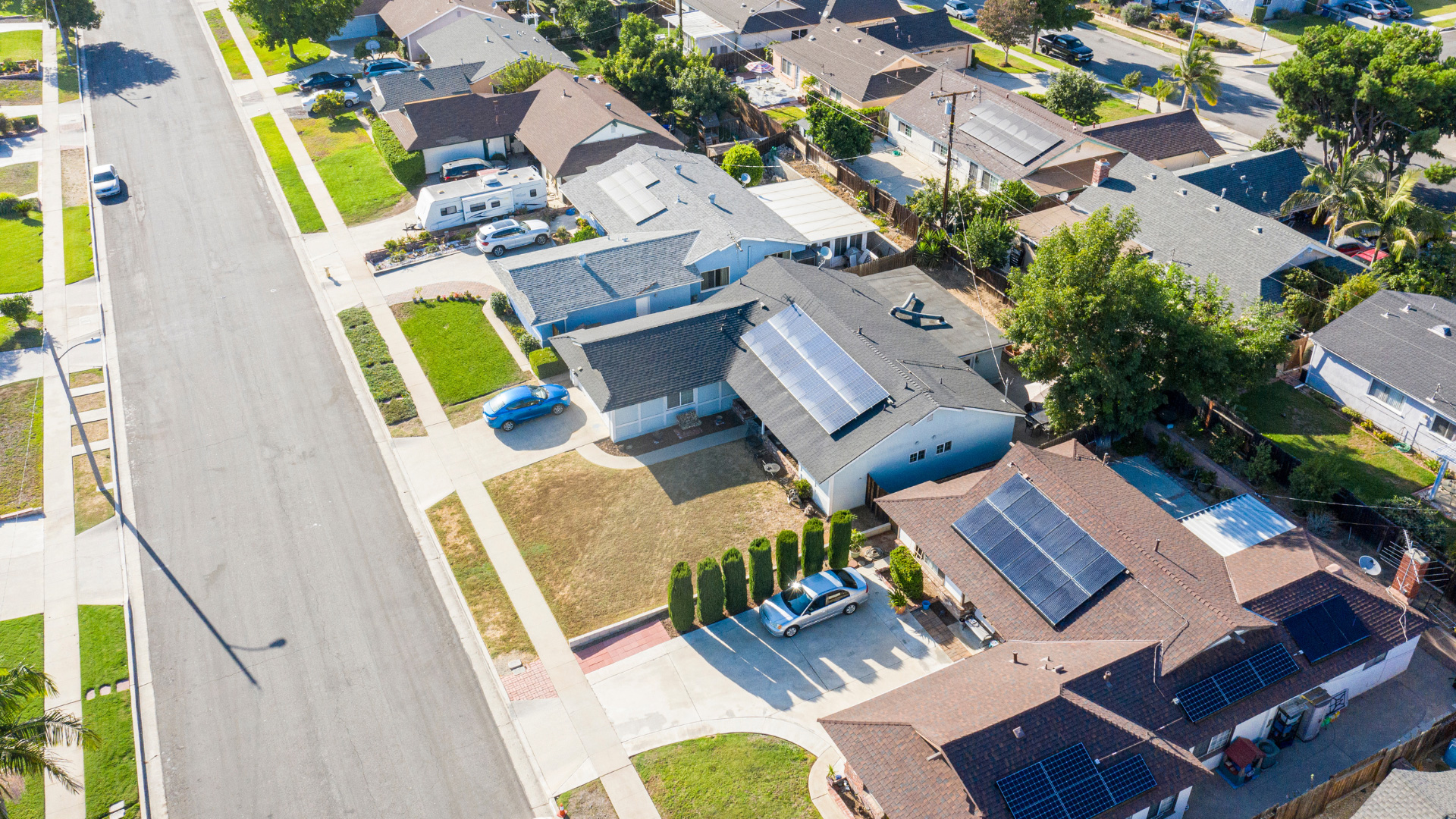If you haven’t settled on your New Year’s resolution for 2024, consider making it the year you install solar panels on your property. Take a look at some of the trends that shaped solar energy this past year and some of the trends to come in the months ahead.
A Look at Solar Energy in 2023
In 2023, multiple policy and technological changes helped make it a great year to switch to solar power. Some of the biggest trends that shaped residential and commercial solar energy were:
- AI: While 2023 was the year of AI across virtually every market, it was particularly valuable in green energy spaces. AI can optimize battery performance and make smart homes even more energy-efficient.
- Battery Technology Evolution: Lithium batteries are continually changing, to include different designs and material compositions to become even more efficient. Silicon battery anodes are also increasingly replacing conventional graphite anodes for better storage and energy use.
- Increased Demand: The U.S. solar market is seeing a high demand for residential and commercial solar panel installation. This is driven by multiple factors, from increased cost-efficiency to consumers focused on environmentalism.
3 Solar Energy Trends in 2024
The solar panel industry is constantly changing. Technology is continually improving to become more efficient, safer, and cost-effective. Governments are also offering more incentives and access to savings opportunities. If you’ve been waiting for the right time to purchase solar panels for your home, these upcoming solar energy trends may make 2024 the perfect year.
Vehicle-to-Grid Charging
Many homes have solar panels, but not as many have solar power storage that can provide power during an outage. Vehicle-to-grid storage, or V2G storage, is a way to use a car’s stored energy to power parts of a home during an emergency. V2G technology can even provide power during peak energy hours to lower users’ energy bills. As electric cars become more popular, we’ll continue to see a more widespread adoption of V2G charging technology.
State-Level Charging Incentives
Many states offer solar incentives, from tax credits for solar panels to net metering, to help consumers save on solar. These programs are expanding across state and local governments to increase the financial benefits for homeowners considering going solar. The Federal Solar Investment Tax Credit (ITC) program, for example, will continue to be available for the next several years.
New Battery Chemistry Technology
One of the biggest barriers to renewable energy isn’t the energy production itself—it’s the battery technology that complements it. Because wind and solar power aren’t consistent sources of energy, people and communities need batteries that can efficiently store excess power and then make it available later.
Just as lithium-ion batteries revolutionized electronics over the past 15 years, battery companies are looking for the next big thing that makes renewable energy more approachable. The answer just might be lithium-ion phosphate batteries, which are cheaper, safer, and increasingly popular.
Learn What You Need To Get Started With Solar in 2024
End the year by learning more about solar power in our Ultimate Guide to Going Solar. If you’re ready to join the trend, reach out to our team today to get a free quote.






